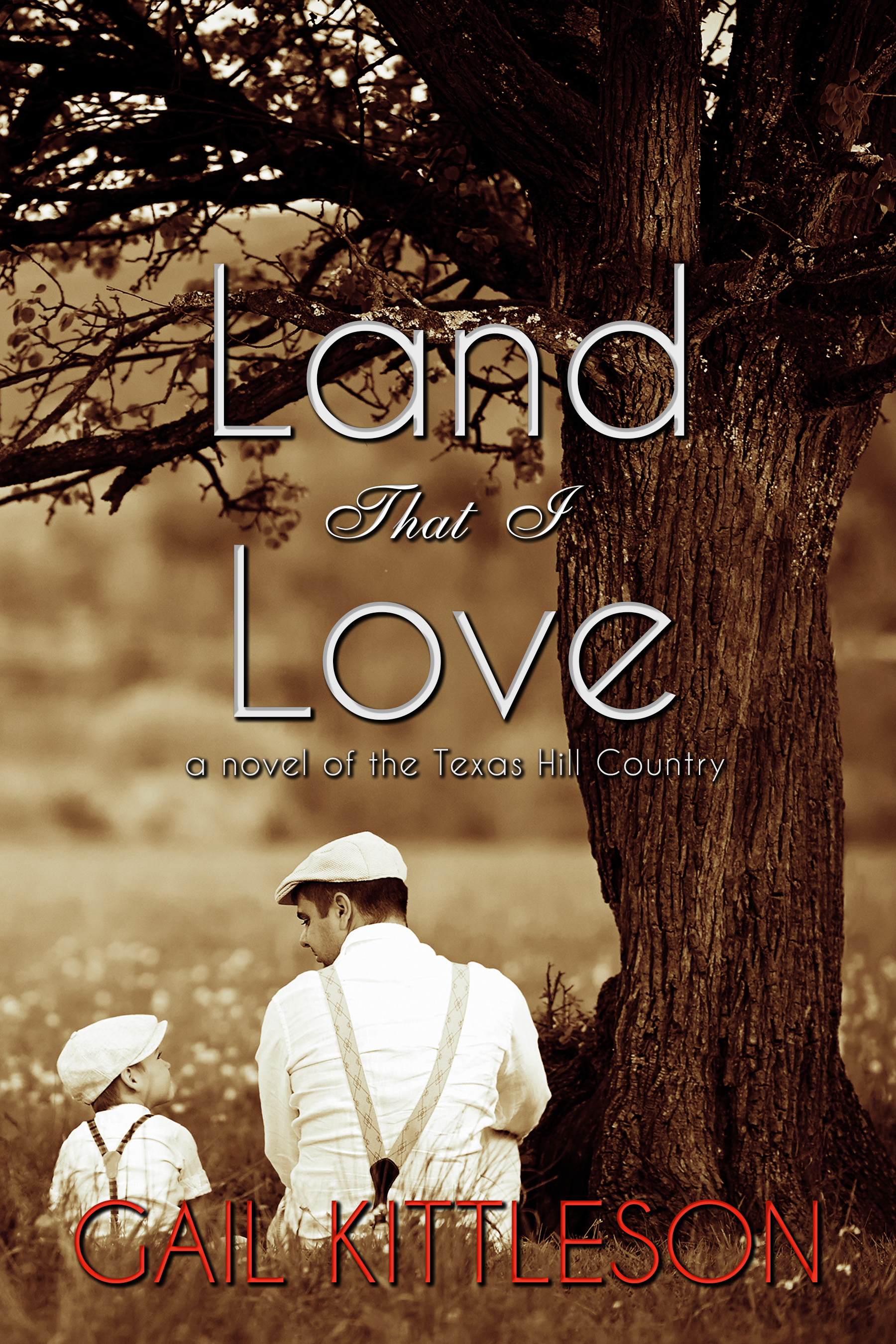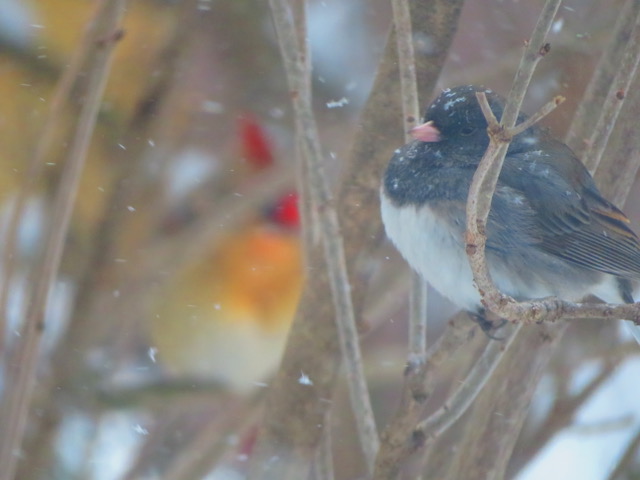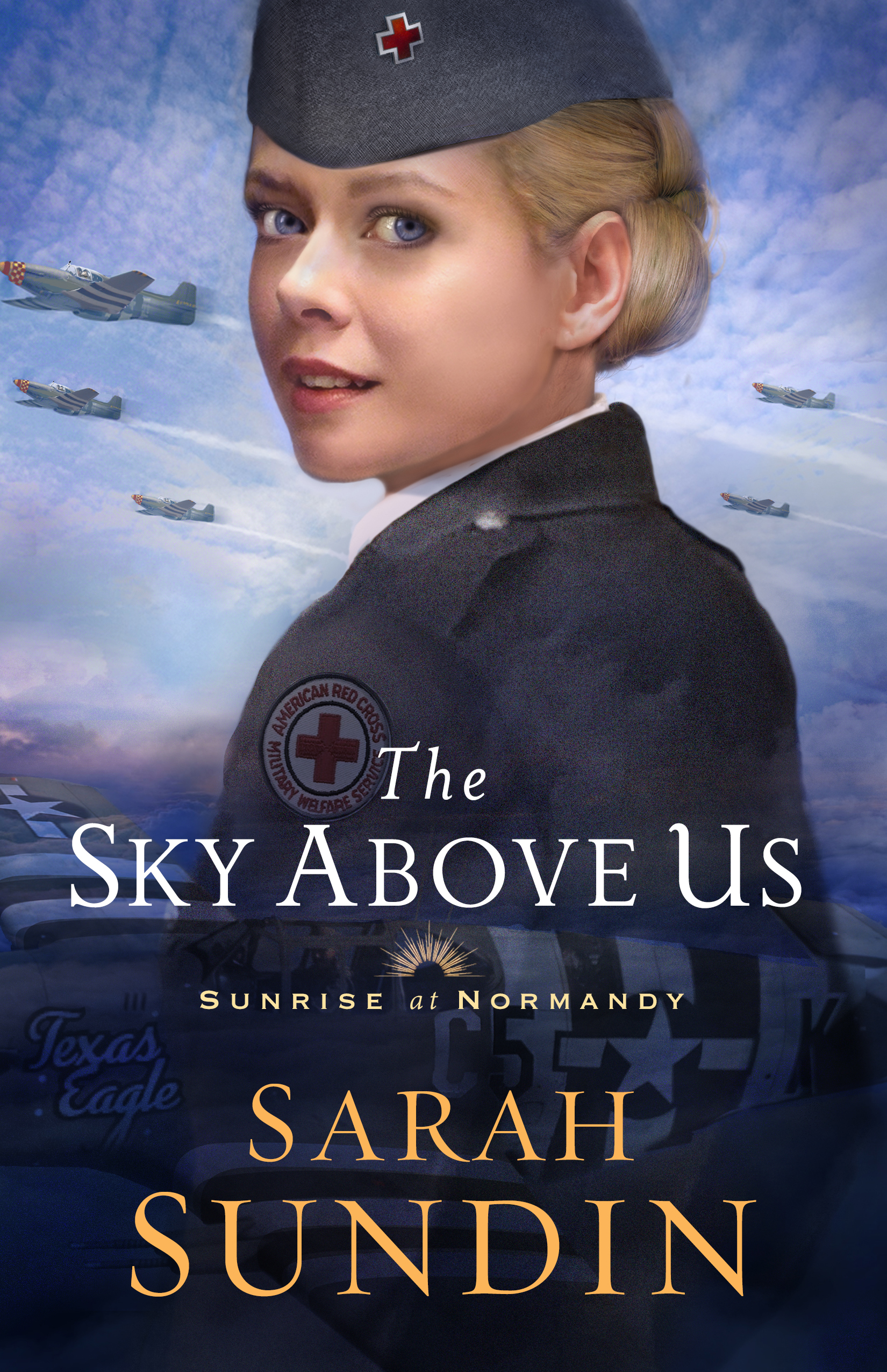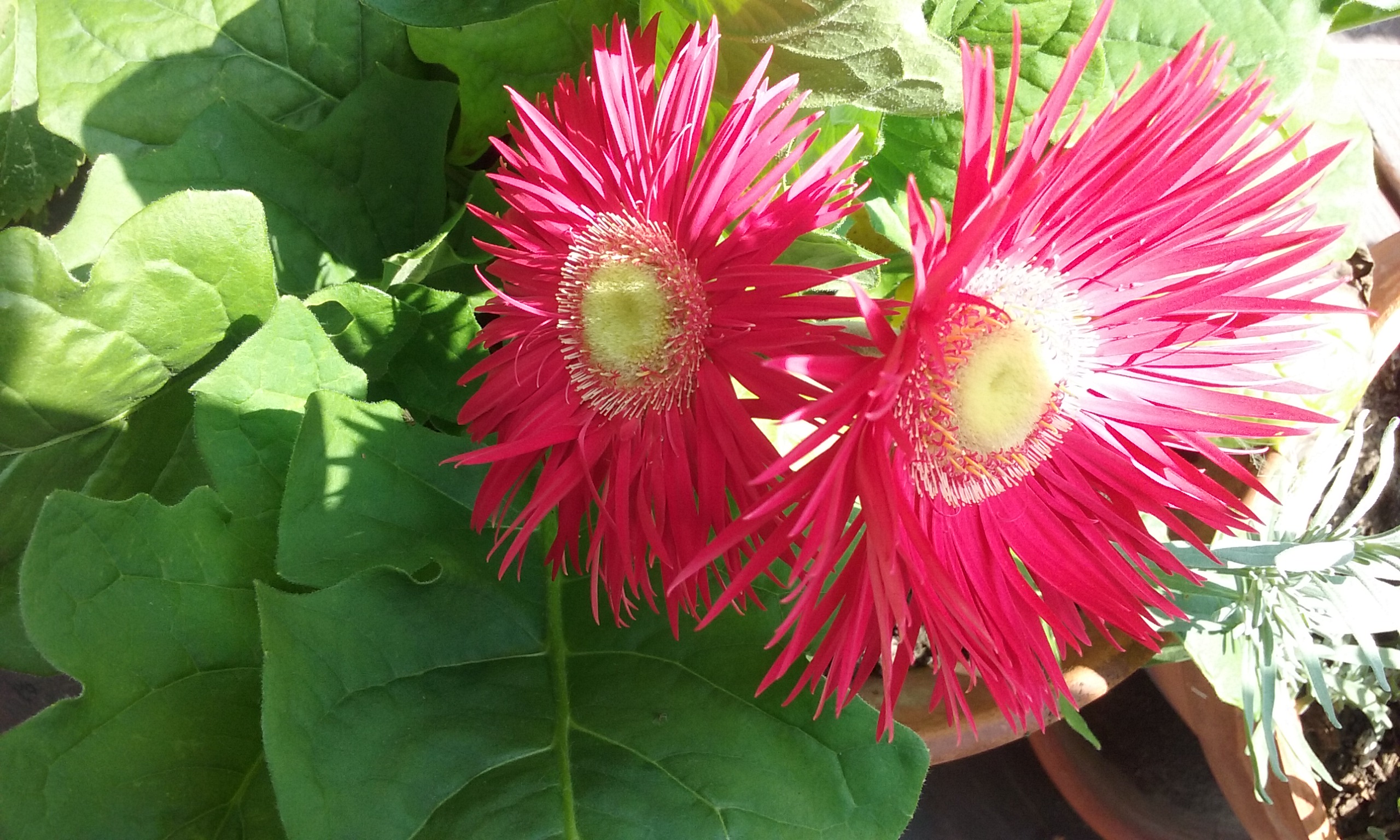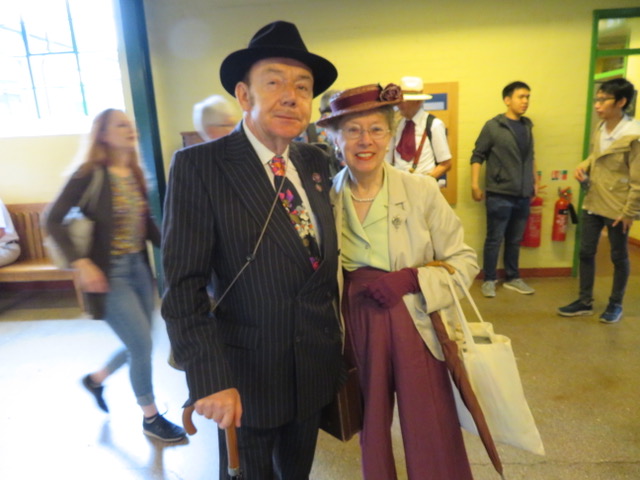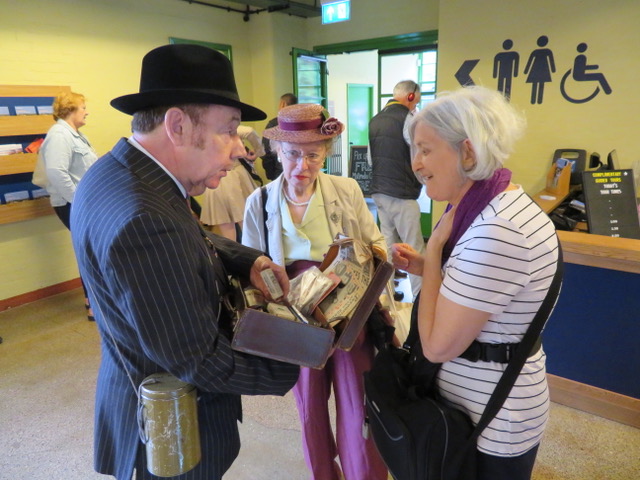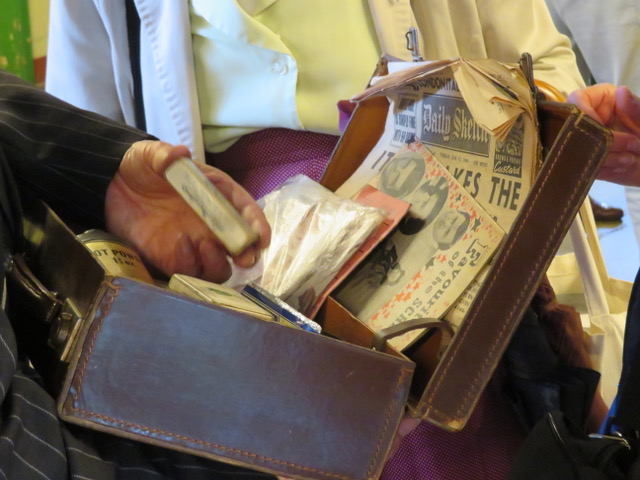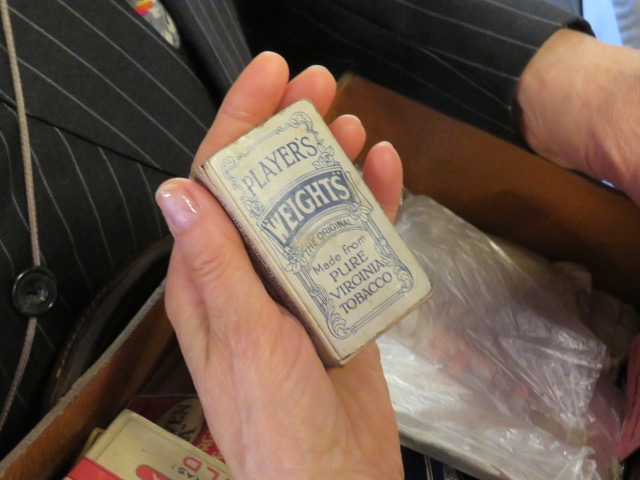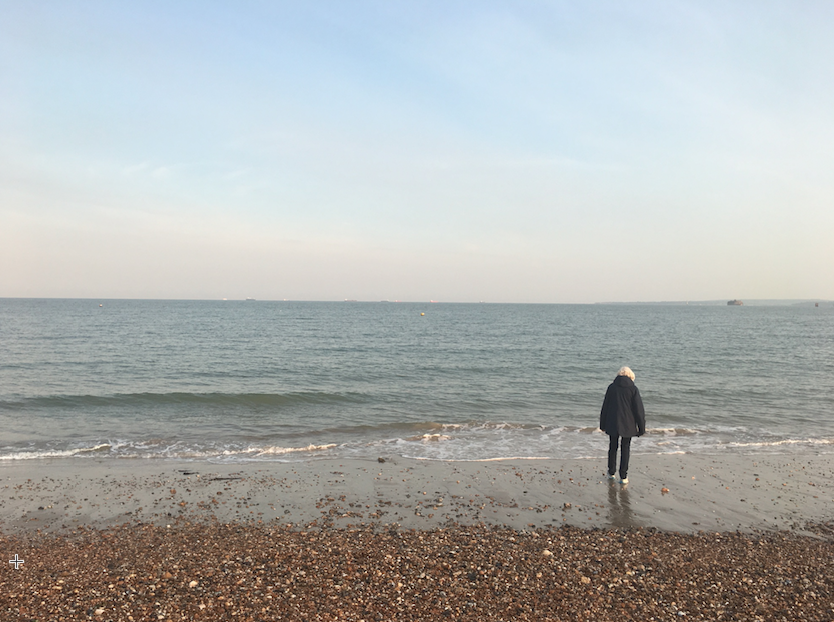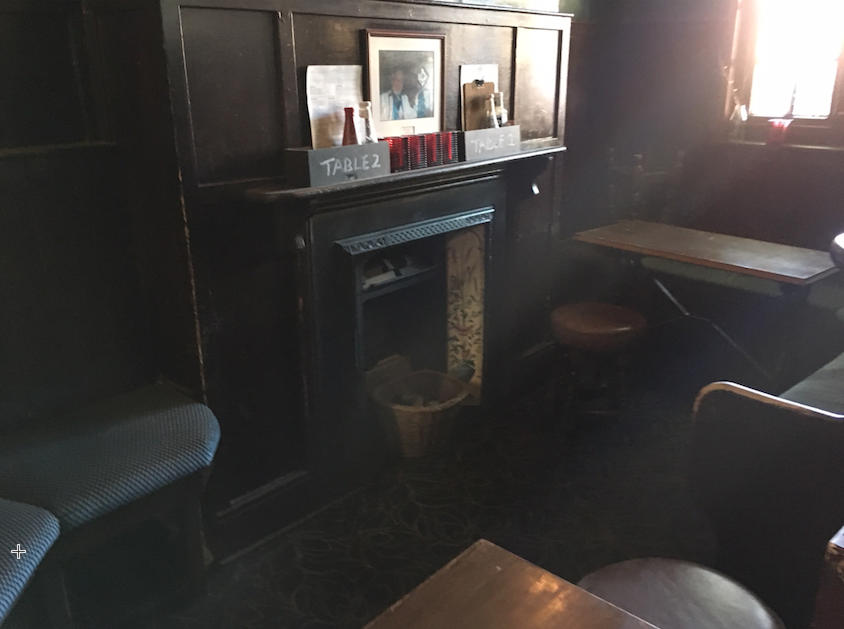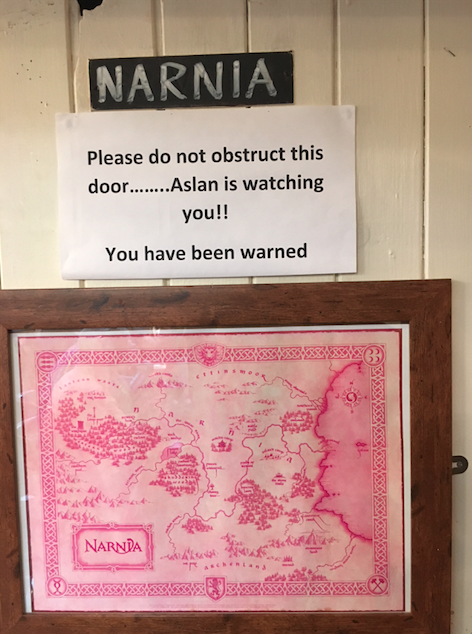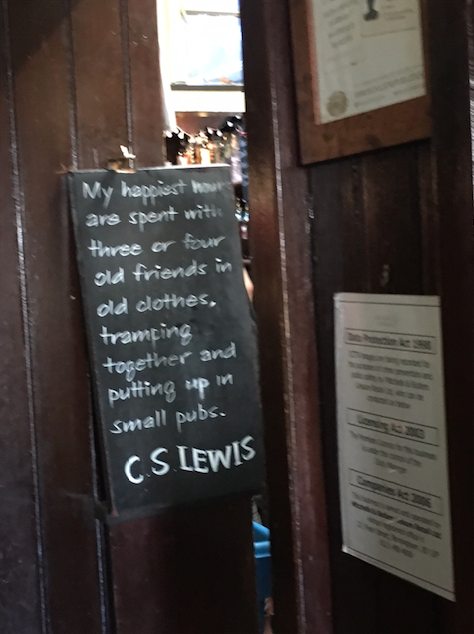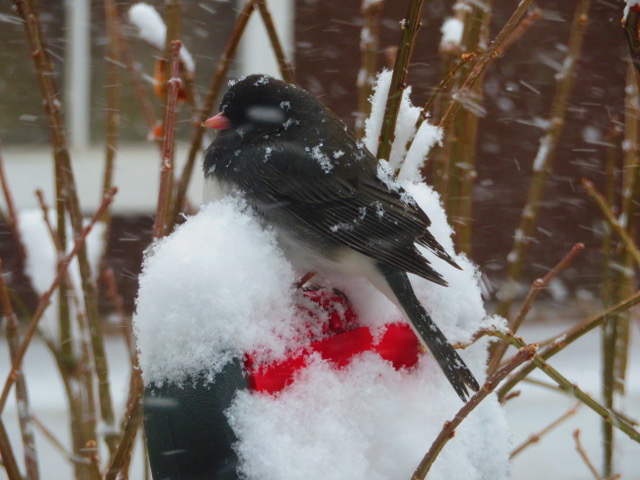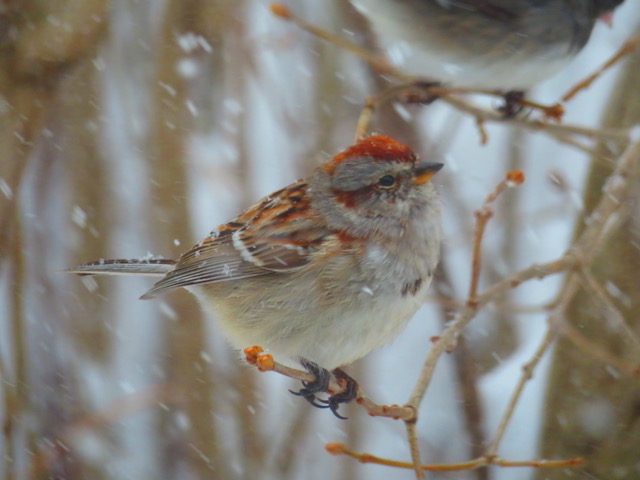A snowy day in Northern Iowa. When we needed to postpone our journey to Arizona for a couple of weeks, Lance coped by cleaning out the basement. A man of action…
I’m engaging in as much action as possible, too. Thankfully, writing historical fiction involves intense research and a lot of thinking and mixing, like the fabulous muffins I stirred up today. Might as well use up the ingredients in my cupboards…might as well make them healthy and attractive while I’m at it.
Might as well enjoy one piping hot from the oven and laced with melted butter, right?
For me, life’s small pleasures include steaming cups of tea whenever possible. Accompany those cups with heaping doses of reading, writing, baking, and as much exercise as my body can handle at any given time. I add this, of course, because in both of my recent falls, I was EXERCISING to stay healthy. Oh, the irony life hands us!
Anyway, today it hit me that baking and putting together a story have a lot in common. You amass ingredients, not sure which you’ll use in the long run, but at least this gives a general idea about what your character will endure…or enjoy…or simply meet along life’s path.
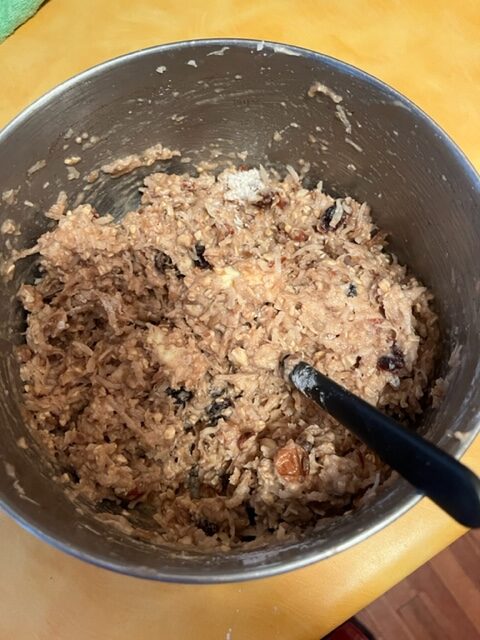
Here’s the basic mix, a conglomerate of
1/2 cup softened butter
scant 3/4 cup dry xylitol
2 large eggs
2 cups gluten-free flour mix
1 teaspoon baking powder
1 teaspoon cinnamon
1/2 teaspoon baking soda
1/2 teaspoon ground cloves
1/4 teaspoon salt
1 cup applesauce
And then I decided to include…. Famous last words. My mother-in-law used to marvel at my capacity to add and subtract ingredients at will. Well, it’s kind of like the taking-and-giving that come into our earthly lives. Win some, lose some, as they say.
It’s also quite like the way a story comes together for me. The character appears, I search out details about what his or her life might have been like, and the tale unfolds. Sometimes my proclivity for detail gets in the way, and I have to take out some scenes…too much can be too. much. Right now, with this particular story, I’m still in the adding phase. We’ll see how it goes.
For this afternoon’s baking, I merely added. Chopped sunflower seeds and almonds. Dried cranberries sweetened with fruit juice, not refined sugar), some raw unsweetened coconut–I love the texture this adds, not to mention the fiber. A few pinches of chia seeds provides a defining crunch.
And let’s see…is that it for this time? I might have chosen a little drained pineapple for tang, but that portion of the cupboard lies bare. When I have the leisure, I allow these decisions to develop over a reasonable time. I can bake in a hurry, thanks to my mom, who could, in a flash, whip up something to stave off hunger for several hired farm workers. I’m grateful for the way she instilled “kitchen confidence” in me.
But at times it’s nice to bake slowly. Today I started this recipe just after lunch and let it sit for awhile. The chia seeds occurred to me just before the oven reached the correct temperature. Yes, I do go with the prescribed temperature–changing that is usually a bridge too far, sort of like altering historical details in historical fiction. Nope.
Right now, the muffins, melding into my kind of tasty treat, are looking awfully good.

It won’t be long and my taste buds will be extra happy. Me gusto! Little-by little, I’m also studying the lovely Spanish language, perfect for this story set in Texas Hill Country, 1942. When I consider how much researching LAND THAT I LOVE taught me, I can’t help but be a little excited. So much to learn from the past–so many ways it instructs the present.
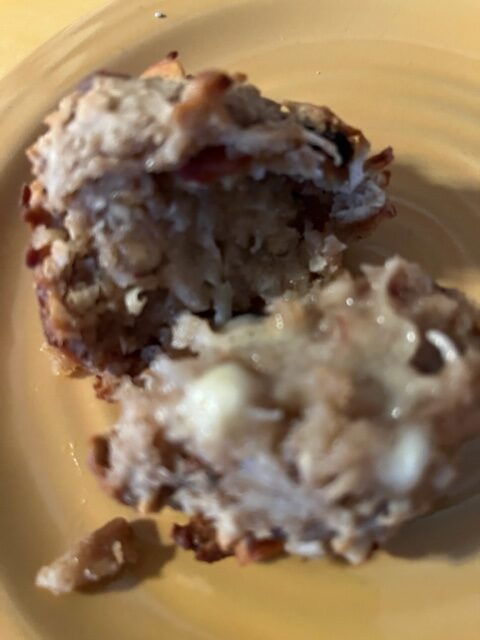
Okay, the count is in. YUM! And just in case you need it, bake these at 350 for 12-15 minutes.


